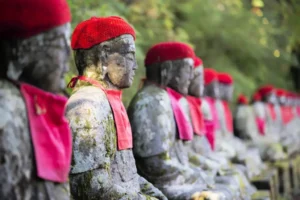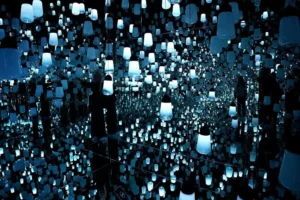Kazuo Ishiguro is one of the most celebrated authors from Japan. His rich prose, understated narratives, and emotionally layered characters have earned him accolades and loyal readers within and outside Japan.
Today, we’ll examine the life of this treasured author, his writing style, and the themes commonly used in his works. We’ll also highlight a few of his books, both well-known works and underrated classics. Let’s turn the page and learn more about Kazuo Ishiguro.
Table of Contents
ToggleWho is Kazuo Ishiguro?
Ishiguro was born in Nagasaki in 1954 and moved to England as a child, where he still lives. He attended the University of Kent and the University of East Anglia, where he published short stories and drafted his first published novel. A Pale View of Hills (1982) and An Artist of the Floating World (1986) earned positive reviews, but The Remains of the Day (1989) put Ishiguro on the literary map.

In 2005, Ishiguro published his most famous work, Never Let Me Go. Since then, Ishiguro has published two more books and a short story collection. He also released a song compilation and wrote several screenplays, including the Academy Award-nominated script for Living (2022). In 2017, he won the Nobel Prize in Literature. Japan awarded him the Order of the Rising Sun, Gold and Silver Star, the following year. In 2019, he was knighted under the title of Knight Bachelor.
What is his writing style and themes?
Ishiguro writes with repressed yet poetic prose, infusing his work with emotional depth. His stories unfold through dialogue, subtext, and events in the larger world. Save for 2015’s The Buried Giant, he writes all of his novels in the first-person point of view. This restraint, introspection, and quiet drama are evident in An Artist of the Floating World, The Remains of the Day, and Never Let Me Go.
Disregarding genre boundaries, Ishiguro has written historical fiction, dystopia, and fantasy. In many of them, the unreliable narrator looks back on their life, sharing regrets and taking responsibility for their past actions. A Pale View of the Hills and An Artist of the Floating World contain autobiographical elements; meanwhile, Never Let Me Go and Klara and the Sun (2021) discuss ethical dilemmas surrounding emerging technology.
Are you looking for great snacks to enjoy while reading your favorite book? Check out Sakuraco! Sakuraco delivers traditional Japanese snacks, teas, and sweets from local Japanese makers directly to your door so you can enjoy the latest treats directly from Japan!
What are three of his most notable books?
Never Let Me Go (2005)
This coming-of-age novel follows Kathy, Tommy, and Ruth attending Hailsham boarding school. Raised to lead healthy, happy lives, their friendships are tested when they learn the truth about Hailsham and their purpose in the “outside world.”
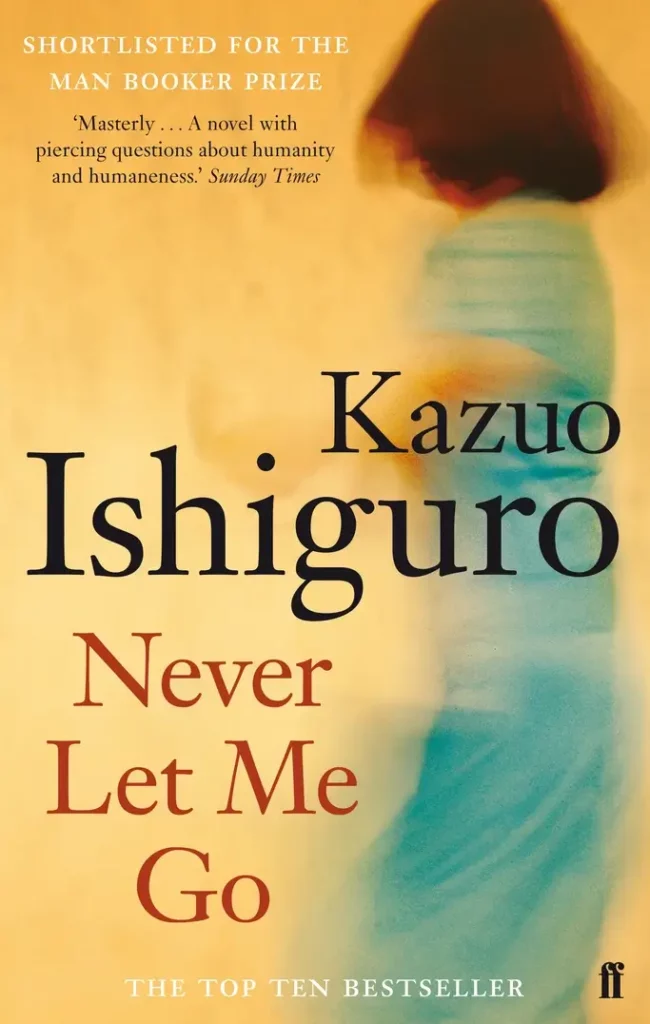
Never Let Me Go received critical acclaim and was shortlisted for many literary prizes, winning the 2006 American Library Association (ALA) Award. It’s been adapted for the screen and stage, including a 2010 British film and a 2016 J-drama.
The Remains of the Day (1989)
The main plot of this dual-timeline book takes place on the road to Cornwall. While reminiscing about his service to Lord Darlington, butler Stevens slowly reveals how his dedication to his work blinded him to his master’s true nature and the affections of the woman who loved him.
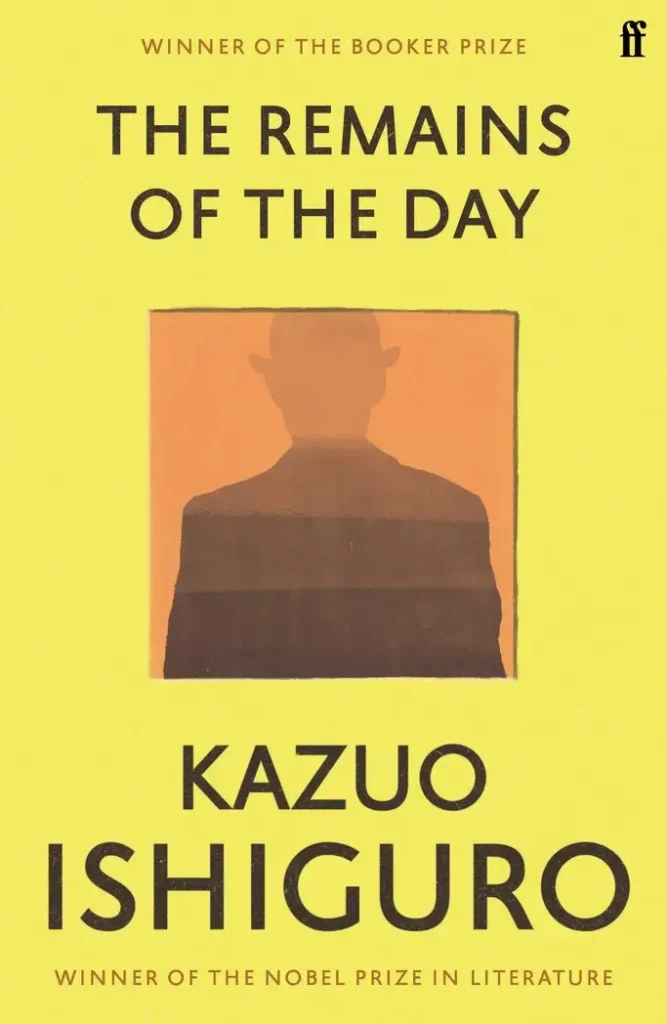
The Remains of the Day is Ishiguro’s only book to win the Booker Prize for Fiction (he would be nominated for it three other times). Besides the acclaimed 1993 film adaptation, it has been adapted into a radio play and musical.
An Artist of the Floating World (1986)
One of Ishiguro’s underappreciated novels, An Artist of the Floating World follows Masuji Ono, a painter coming to terms with his past as a propaganda artist. While split into four parts, it is primarily set in Japan during and after World War II.
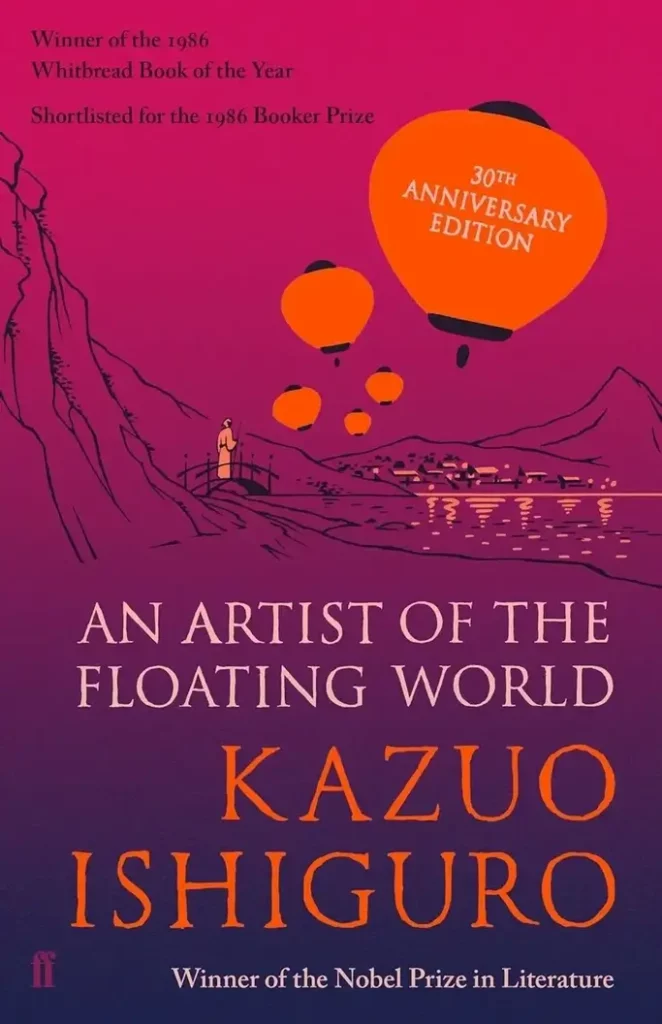
An Artist of the Floating World earned Ishiguro his first Booker Prize nomination and won the 1986 Whitbread Book Award. It is an essential read for Japanophiles and people new to Ishiguro’s bibliography.
Why should I read the works of Kazuo Ishiguro?
Kazuo Ishiguro’s works cover various topics, from artificial intelligence to loss of memory to taking ownership for one’s previous mistakes. There is something for everyone to enjoy, whether you are a fan of historical fiction or a fantasy aficionado.

Ishiguro’s lyrical and thoughtful prose is present in character-based stories and intricately layered plots, translating seamlessly to music, screenplays, and shorter works. In addition, he has made significant contributions to British and Japanese literature. His quietly devastating narratives and heartbreaking character explorations have resonated with readers everywhere.
From Never Let Me Go’s shocking revelations to The Remains of the Day’s introspective drama, he captures the human condition with a mastery that few authors have accomplished. We hope this overview inspired you to pick up a copy of his works today. Have you read anything by Kazuo Ishiguro? Name your favorite novel in the comments.
Cited Sources
- Literary Hub. “Kazuo Ishiguro: ‘Write What You Know’ is the Stupidest Thing I’ve Ever Heard”.
- NPR. “Kazuo Ishiguro Draws On His Songwriting Past To Write Novels About The Future“.
- American Academy of Achievement. “Sir Kazuo Ishiguro Biography and Interview“.





